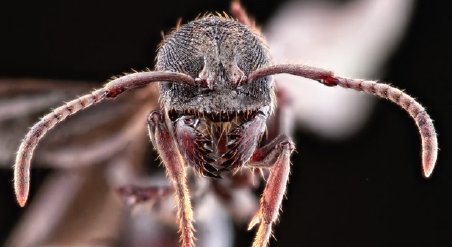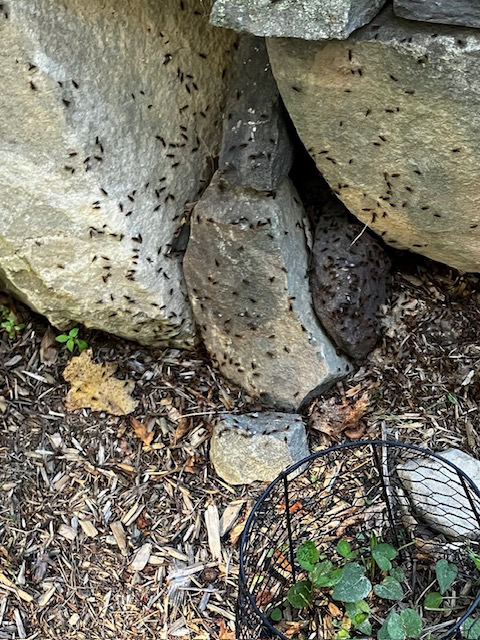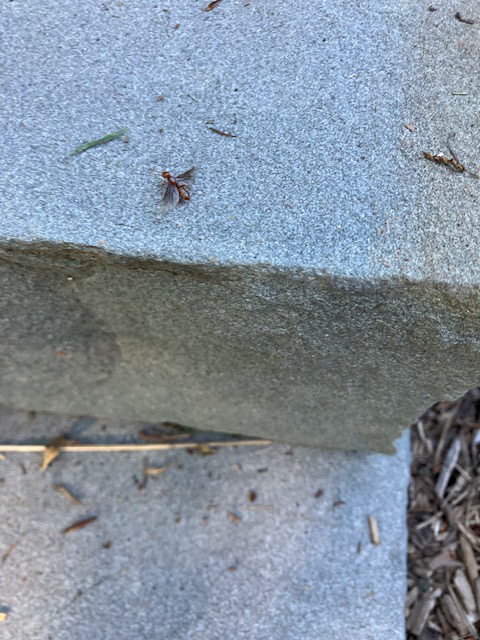
In early May, Donna and I doubted that our year-old garden of perennials could recover from an exceptionally harsh winter followed by a spring of chilly monsoons. When good weather finally arrived, so did a voracious groundhog and a clan of deer who smugly dined on our deer-resistant plants.
But by late June we gazed admiringly at our resilient and lovely garden, now lush, full of promise. But wait! What’s this?
Tiny winged insects skittered on the ground, then whirled upward above the pines to the sky. The clear garden air turned thick and hazy with flying ants. I found the gateway to their nest in the creases of a sandstone boulder that presides over the garden. I dismissed a brief impulse to destroy the nest and instead, Googled the scene on my iPhone. The mass pulsated with thousands of the insects, as if their lives depended on it.
In fact, it was of existential consequence. They were engaged in the species’ nuptial flight; the males and females seeking each other to mate and spawn new colonies. They’ve been on Earth since the Jurassic period, some 140-160 million years ago. Compare that to our kind, Homo Sapiens, which first evolved some 300,000 years ago. The ants have seniority, and it’s likely, if not certain, that they’ll be here when we’re long gone.
***
“As flies to wanton boys are we to th’ gods: They kill us for their sport.”
— From The Tragedy of King Lear by William Shakespeare
Long ago on a languid summer day I sat with my best friend in his driveway. We monitored ants as they labored to hoist grains of sand toward their hill at the edge of the asphalt. The sun bore down on us. We had a magnifying glass which, when held a certain way, could intensify a sunbeam — and our glee — as we randomly incinerated ants.
I was a monster more than once. Now when I hover over a small world, I’d like to think I’ll turn to wonder.

